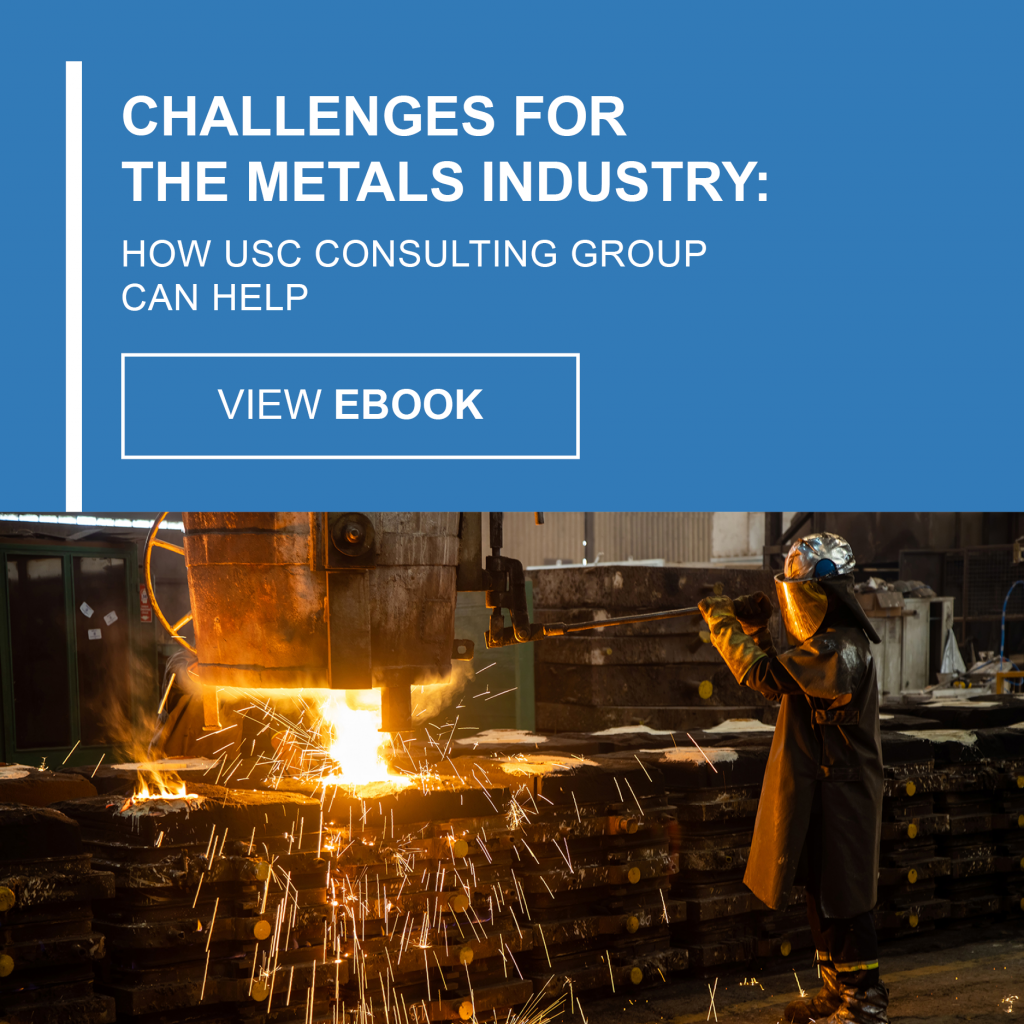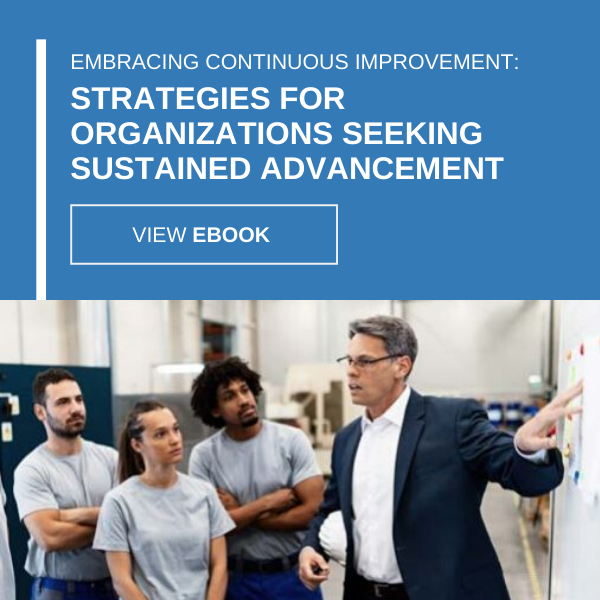
Discover Operational Efficiency Gold by Finding Hidden Opportunities
Process improvement. We haven’t met a company yet that doesn’t want to do more with what they already have, do it better, more efficiently and more effectively. The goal is to ramp up operational efficiency without huge upgrades in technology or other assets by identifying and eliminating wasteful practices and procedures.
It’s a matter of finding hidden opportunities by seeing the forest for the trees. Generally speaking, our clients have been getting the job done one way for a very long time. We look at their operations with fresh eyes and often find opportunities for efficiency by focusing on issues that are generally accepted as “just the way things are.” Other times, our clients know where the bottlenecks are, but are unsure how to go about fixing them. Occasionally, our clients get pushback from employees about fixing bottlenecks. It might take someone from the outside, like us, to help implement changes that will get things moving faster and more efficiently.
We draw on our experience, but we’ve found that every client is unique, and every operation has its own bottlenecks, challenges and areas in which efficiency can be improved. We go in like a detective to uncover yours. It’s one of the reasons we find this work so exciting.
What are hidden opportunities?
Hidden opportunities for efficiency can already exist in your operation, but you’re not aware of them. What they are, and where they hide, depend on the industry you’re in. We’re the specialists in uncovering them. A few examples:
- Excessive cycle time. Cycle time to produce a part could be reduced by redistributing the work between cycles so that more of the activities take place in parallel vs. in series.
- Excessive time for changeovers on a machine. There are activities that could be started and even completed before the changeover starts.
- Differences in or a breakdown of planning for supply, demand and output. One example of differences in planning is if clients have multiple plants or locations. They might also be dealing with different metrics, goals or systems for planning and forecasting. Getting everyone on the same page, working for the same goals, companywide is vital. An example of a breakdown of planning exists when clients are using data that’s too old to plan for the future.
We start the process of finding hidden opportunities by finding the answers to a few questions.
- Where is the problem?
- Is it technical or tactical?
- Is it feasible?
If it’s technical, maybe it’s time to bring in the engineers to improve on your machines’ functions. If it’s tactical, we look at your processes, the way you’re using those machines, to find those hidden efficiencies.
We also take a hard look at the feasibility of your goal. If you’re producing 900 tons per day and the demand is 1,100, can we reasonably get you there? Sometimes the answer is no. Sometimes we can split the difference and get you close to the goal. Sometimes we can hit that goal and then some.
For more information about this, read our blog, What If Demand Exceeds Your Ability to Produce?
How do we find them?
We find hidden opportunities for efficiency in your operations using our tried-and-true methodology for process improvement that we’ve honed for 50-plus years. But, that doesn’t mean we sell a canned, “off the shelf” solution. Just the opposite. The way we work leads us to our clients’ unique needs, not toward what worked for the other guy. It is a collaborative approach that allows us to find a customized solution we construct and implement together.
Here’s more about how we work:
We start by listening to you. We don’t come in offering solutions right out of the gate. The first thing we do is sit down and listen to our clients. We want to understand from your perspective what challenges you are facing.
We roll up our sleeves. We don’t simply offer recommendations for improvements without getting into the mix ourselves to see with our own eyes how your process is working. We understand that your frontline staff is a valuable resource, so we leverage their experience and expertise throughout the change process. We talk to your workers and look at the job through their eyes. We combine that with fact-based observations, our expertise and an assessment of where opportunities exist for improvement. In that way, we get buy-in from the frontlines. To read more about how crucial frontline buy-in is to the process, read our blog, Why Getting Buy-in from Frontline Employees is Key.
We get to work. We craft a collaborative approach to find greater efficiency, streamlined processes and the ability to do more with less.
That’s our simple, go-to business model. We implement collaborative recommendations and then transfer the knowledge back to your staff. This enables the organization to continue the improvements we started together.
COVID-based changes to the process
You can’t stay in business for a half-century without experiencing some changes along the way, and 2020 was a year in which most businesses found themselves on the receiving end of process changes, large and small. We were no exception. COVID safety protocols required us to pivot on a dime and alter our process, which had previously been hands-on, on-site. Now, we’re working with a hybrid model involving remote and onsite work.
During the remote phase, we gather information, talk to our clients and listen to their concerns and issues. Onsite, we work with our clients, staggering our teams’ presence at their facilities. They may also stagger their employees who work onsite with us. That’s an important part of the process — a hidden opportunity for efficiency we found within our own methodology. By staggering our team at your site, we’re prepared for the unlikely event that a team member falls ill. If it happens, it won’t shut down the whole operation because we’ll have another team member to step in.
At USCCG, we pride ourselves in finding hidden opportunities for efficiencies that will help smooth out bottlenecks and allow our customers to meet growing demand with their current assets. Please contact us if you’d like to find out more.
To learn more, download our eBook, Challenges for the Metals Industry: How USC Consulting Group Can Help






